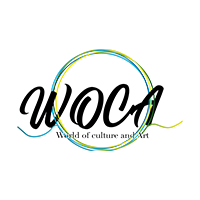Kamola Rasulova

Kamola Rasulova
Introduction to the Uzbekistan Traditional bread
1 Courses

Uzbekistan
Introduction to Uzbekistan’s Traditional Bread: Non (Lepyoshka)
In the heart of Central Asia, Uzbekistan holds a rich culinary tradition where bread (Non or Lepyoshka) is not just food — it’s a symbol of hospitality, respect, and daily life. This round, golden, and often beautifully decorated bread is a staple on every Uzbek table, served at every meal and cherished as a cultural icon.
What is Uzbek Non?
Non is a traditional round flatbread baked in a clay oven called a tandoor (or tandir). It has a crispy outer crust and a soft, fluffy interior, with a slightly chewy texture and a wonderful aroma. The center is often decoratively stamped using a special wooden tool called a chekich, which keeps the middle flat and creates beautiful traditional patterns.
The dough is typically made from flour, water, salt, and yeast, and sometimes includes milk or butter for a richer flavor. Some versions are sprinkled with sesame or nigella seeds before baking.
Cultural and Spiritual Importance
In Uzbek culture, Non is considered sacred. It is never placed upside-down, never thrown away, and is often kissed before being set down if it falls to the ground — a sign of deep respect. Non is central to family life, religious ceremonies, weddings, and funerals.
Guests in an Uzbek home are always offered Non as a gesture of welcome. It’s often torn by hand and shared at the beginning of a meal, symbolizing unity and blessing.
If you want to learn more about Introduction to the Uzbekistan Traditional bread from Kamola Rasulova, email us at info@wocagroup.com


